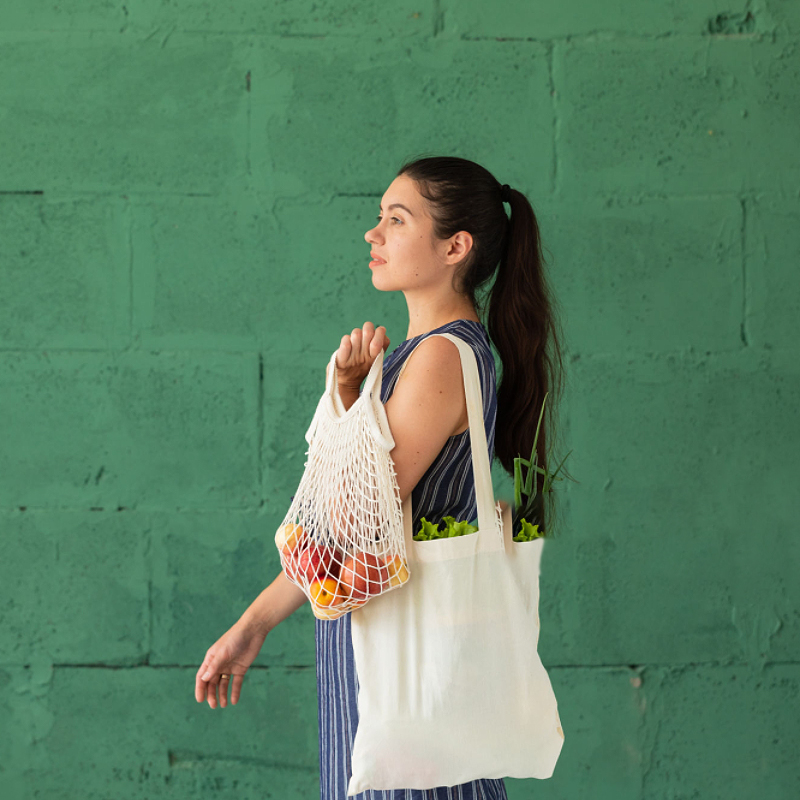There are 3 primary kinds of sustainability: Economic, Social and Environment. Today we will discuss the last option and how to accomplish it in our everyday lives.
Environmental Sustainability can be characterized as ‘a state wherein the demands placed on the environment can be met without reducing its capacity to allow all people to live well, now and in the future’. In easier words, living in a way that will not kill or harm our planet.
Sustainability is something we are altogether responsible for and something we as a whole advantage from. Not just over the long haul, by ensuring that we have a healthy, thriving planet, but also by saving ourselves money. Yes, you read that right, investing in some zero-waste essentials can indeed save you money in the long run!
In 2015, the UN also spearheaded the Paris Agreement, a legally binding treaty between global leaders aimed at reducing climate change. Today the United Nations continues to champion sustainability through 17 Sustainable Development Goals. Sustainability is now a guiding principle for a wide range of governmental agencies, corporations and other institutions.
Simple Ways To Live More Sustainably

One of the main things to recall as you are progressing into more sustainable living is little switches add around, additionally, they can include quick fixes. So don’t feel the need to redesign everything at once. Start with simple changes like changing to energy-saving lights, purchasing less, and being cognizant with regards to how you discard items like sleeping cushions to dress and beyond.
At Home
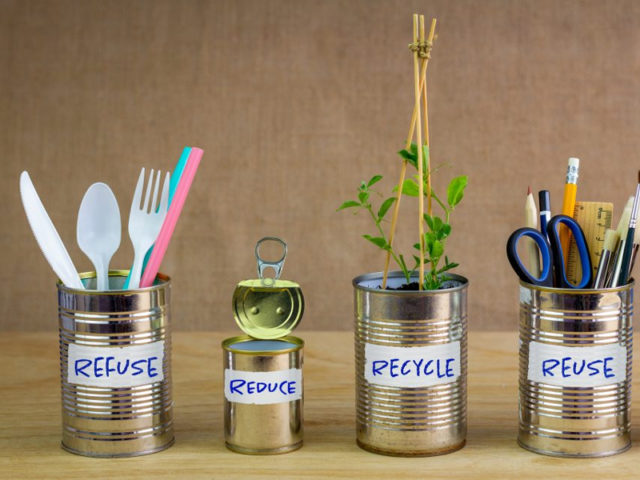
Your house is the place where it’s simplest to bring down your waste and limit your effect in the world. It is additionally where you have the most changes to make so it can appear to be somewhat overpowering from the outset. Try not to allow that to debilitate you!
Take a gander at your home in areas, you have your kitchen, your washroom, your room, your living room, and so on. Then, at that point, pick one segment to handle first and begin supplanting things. Here are a few ideas:
- The Kitchen
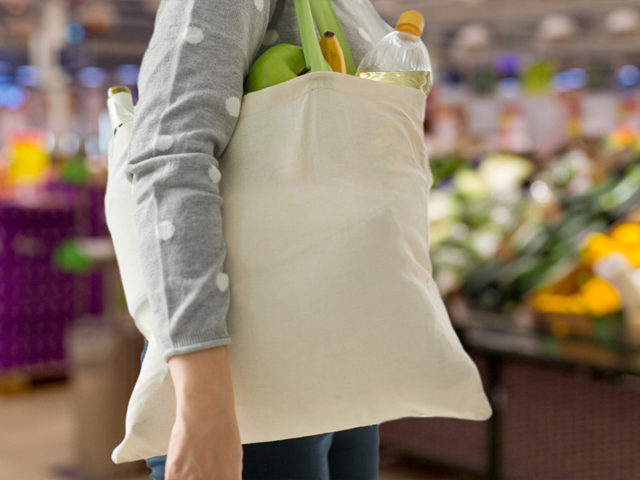
- Purchase loose veggies, sauces in glass containers or tins, pasta and grains from wholesale stores
- Make your hummus, salad dressings, granola, and so forth.
- Keep old containers and use them when- you go grocery shopping, to keep extras or to store homemade goodies such as hummus or granola.
- Use veggie scraps to make vegetable stock. Simply bubble potato skins, carrot closes, broccoli stems and so on, and you have a modest, cheap, healthy, additive-free soup base.
- Switch paper towels and napkins with tea towels and fabric napkins.
- Supplant foil and cling film with reusable food wraps.
- Bring your own tote bags and canvas bags when you go out to shop.
- In case you don’t have any Tupperware, put your supplies into stainless steel containers. However in the event that you as of now have some plastic boxes, don’t simply discard them, use them until they break.
- If you are someone who loves coffee, and take great pride in making your own brew every morning, it is a good idea to switch to recyclable coffee filters for your coffee/tea machine.
- The Bathroom

- Change to soap and shampoo bars for your hands, body and hair
- Get a reusable security razor, they are recyclable and way less expensive than single utilize plastic razors
- Change to a bamboo toothbrush
- Get reusable cotton cushions for removing make up or nail polish, replace normal earbuds with paper stick cotton buds.
- Choose recycled toilet paper that comes wrapped in paper.
- Change to a menstrual cup, reusable cushions or period underwear.
- Wash your garments with cleanser nuts — they arrive in fabric bags and are 100% natural, and are really delicate on your garments and skin.
For The Outdoors

Items for when one goes out of the house are very personal, that is, different people deem different things as essentials. Therefore, it can be harder to create a generalised list. That being said,a few things that people can incorporate into their daily routine are:
- Carry your own water bottle, rather than purchasing plastic water bottles. This way you can refill your bottle multiple times, without increasing your plastic intake.
- If you are someone who gets their daily coffee/tea on the go, it is a good idea to invest in a coffee mug or flask. Most coffee shops will be more than happy to serve you in your own cup.
- Carry a tote bag and additional produce bags with you.
- You can carry your own cutlery- bamboo, steel spoons and forks are a great idea. Additionally, if you are placing an order via an app, ask the restaurant to not send cutlery, if you won’t be using it.
- If you are someone who likes drinking with straws, and do not like the paper straws, invest in bamboo or steel straws. The oceans will thank you.
Incorporating these five easy steps in your day to day life, can reduce your carbon footprint tremendously. However, don’t be too hard on yourself if you end up using a straw, or plastic once in a while. The idea is to do better, and have the intention to make a change.
Shop Sustainably
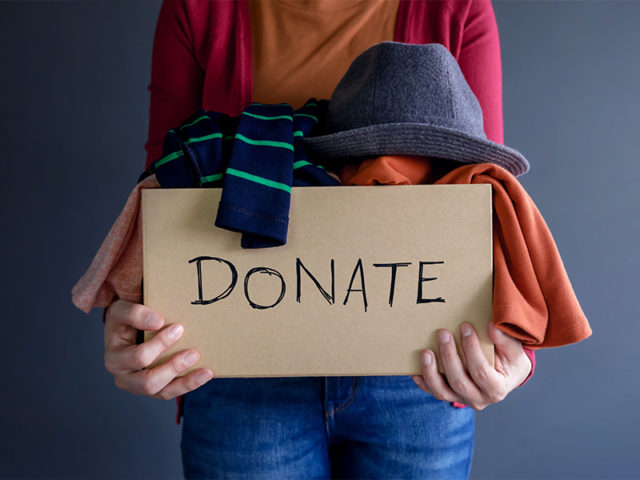
Another great way to reduce your carbon footprint is by shopping sustainably. This one is a little tough as it’s not an easy solution for everyone due to budgetary constraints. However, shopping ethically is a great way to save the environment.
Sustainable fashion is a term used to look at the whole life cycle of a garment, right from the acquiring of its fabric to the final shipping. It includes the people who work in the factories as well as the dyes that may be used.
Try searching for local businesses or boutiques that make garments. Additionally, you can donate old clothes to those in need, and shop via thrift stores etc. to shop more smartly.
Transportation
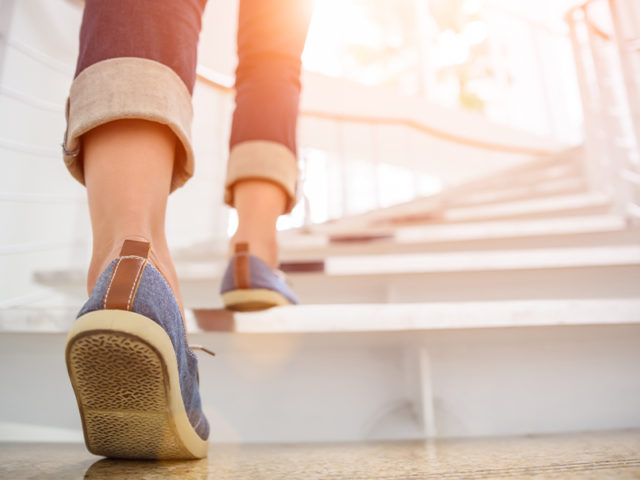
Walking, taking the stairs, using a bicycle are some of the easiest ways to adopt a greener lifestyle as these methods use absolutely no energy whatsoever other than your own! These are not only good for the environment but for your health too.
If the commute seems far off for a walk or bike ride, consider opting for public transport or carpooling to places when meeting up with friends or colleagues. You can also rent an e-bike if your city has that option.
However, if none of the options are available, and a vehicle is your only option, try opting for a CNG driven car, or hybrid/ electric vehicle.
Sustainable Packaging
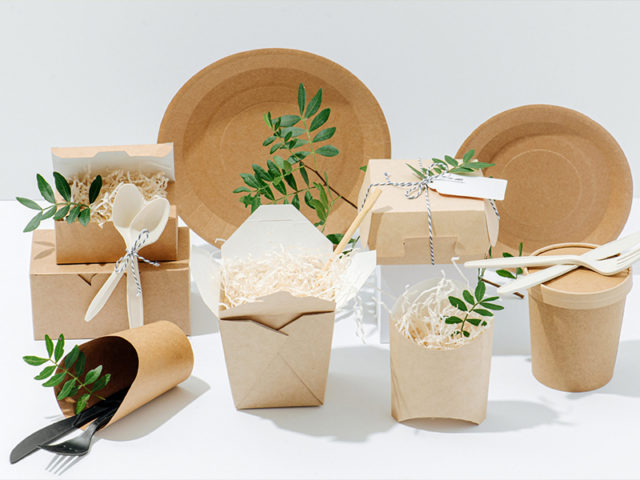
Packaging is generally defined as the products used to wrap or protect goods, including food and drink, and home and personal care items. It covers everything from culinary holders and detergent bottles to packaging for beauty items and every one of those delivery boxes.
Picking sustainable packaging is one method for counterbalancing the huge waste in landfills. For instance a lotion that utilizes less packaging is lighter to transport, which means fewer greenhouse gases are released on its journey from the manufacturing facility to its final destination in your bathroom.
These are just some small ways to bring sustainability into your day to day lives. These are small, actionable and doable changes that one can adopt in a gradual manner. Sustainability is not an overnight change one can make, it is a lifestyle.
That being said, there is no need to be hard on yourself if you forget to bring your own bag while grocery shopping. We are all human, and adopting these changes to create a lifestyle is a process. It is the intention to change and do better that counts more.

